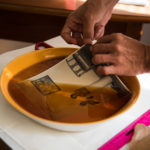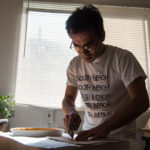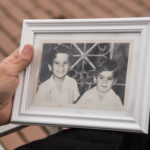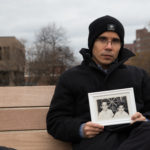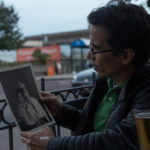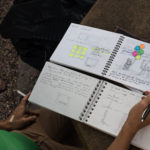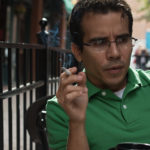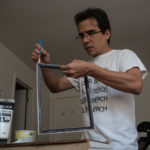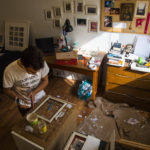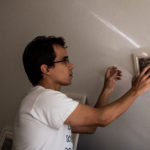Creative Catharsis
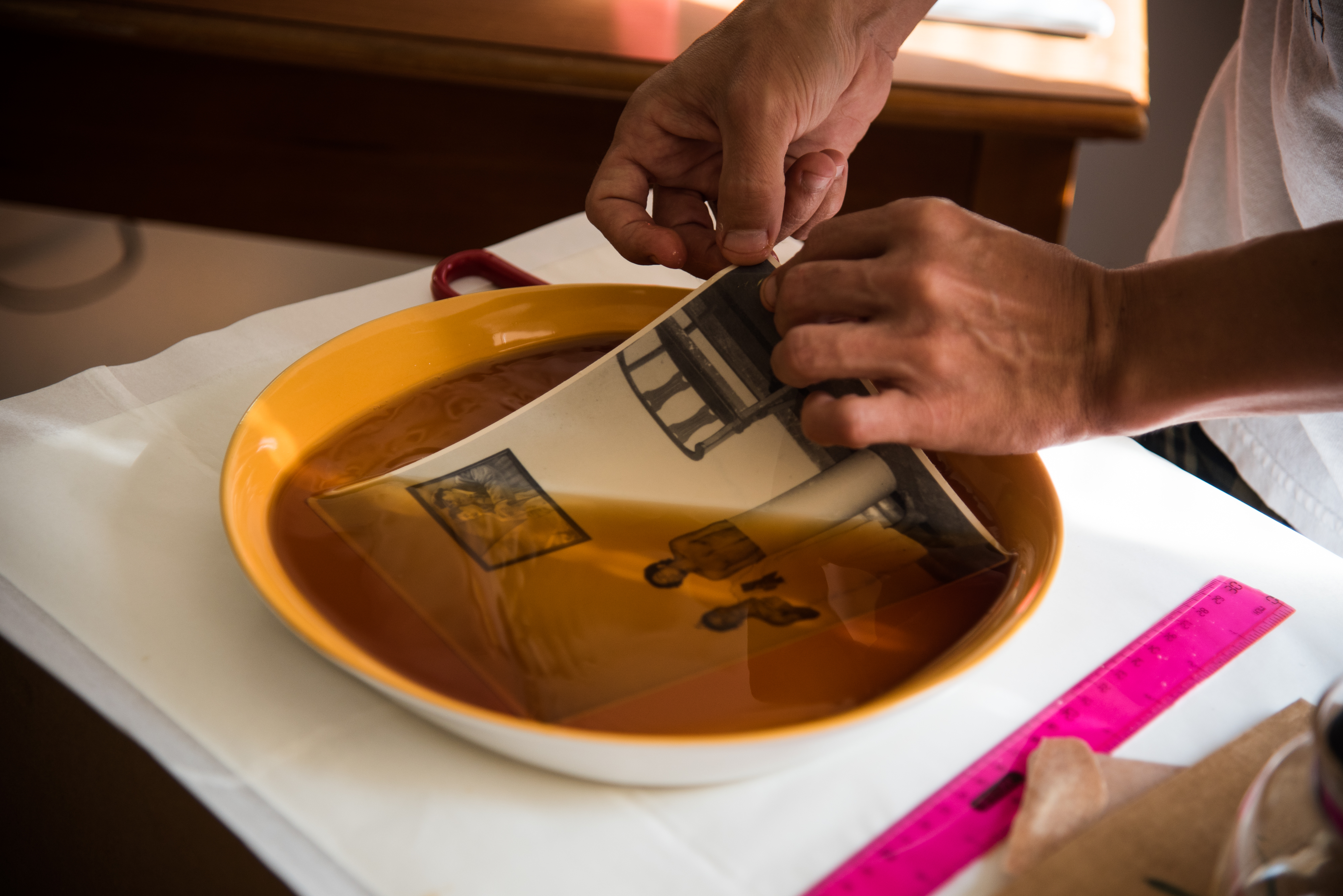
Creative Catharsis
A Cuban artist hopes his work can heal the collective wounds of a displaced generation by encouraging a peaceful acceptance of the past.
Dashel Hernandez grew up in Cuba during the Cold War. He went to school with Cuban classmates who had Russian names. He watched Soviet cartoons and played with Soviet toys. Communist propaganda shaped his worldview. But when the Soviet Union collapsed, Hernandez realized he had been lied to, and his worldview fell like the Berlin Wall.
Hernandez’s painful liberation from this “criminal ideology” illustrates the emotions that inspire him as an artist. He uses his creations to represent the displaced generation that peered past the Iron Curtain.
Hernandez is now a 40-year-old graduate student studying public administration at Syracuse University. He continues to create as a painter, photographer, filmmaker and writer who considers his art a spiritual mission. He is currently revisiting memories by working on an exhibition that includes his childhood photos. He hopes his work will encourage a peaceful acceptance of the past for his generation of Cubans.
“We saw our childhood dreams suddenly disappear,” said Hernandez, who was raised to believe the dream of Communism. “We realized most of what we were told were idealizations of a broad dictatorial regime that’s been oppressing half of Europe for more than 50 years.”
Hernandez was exposed to new literature published by ex-Soviet republics, and he learned of the crimes committed by Joseph Stalin, Vladimir Lenin and Mao Zedong. He said young Cubans began seeing the truth once they were given the facts.
After the dissolution of the Soviet Union, Cuba entered “The Special Period in Time of Peace.” It was a euphemism for an economic depression that was largely caused by the loss of petroleum imports from the former Soviet Union. Cuban society, which ran on fossil fuels, fell into crisis.
“Those were years we did not have enough food, clothing and electricity,” Hernandez said. “It was a big economic, political and emigration crisis. Thousands of Cubans jumped into the sea, trying to reach the U.S. or another country where they can find freedom for themselves and their children.”
Hernandez emphasized that his focus was not only on the injustices suffered, but also on his happy childhood experiences. He mentioned his art can be interpreted in many ways, and viewers are free to make up their own minds about it.
“I’m not focused on the suppression of freedom,” Hernandez said. “I’m exploring how you can heal your memories and the collective memories of your generation with art by passive contemplation.”
Hernandez realized the healing power of art in 2015 when he ran an independent exhibition in his house in Camaguey, Cuba. He reconstructed his childhood home for people to walk through. It’s called “May There Always Be Sunshine”.
“They traveled through all these memories and some of them came out crying,” Hernandez said. “But they’re not bitter tears. They’re tears of release and healing.”
Hernandez said one must be able to relate with another’s memory and suffering to heal themselves through empathy.
“One of the attendees of that exhibition was a Russian woman who lives in Cuba,” Hernandez said. “She thanked me and said I was showing her a part of the memories she had buried.”
Hernandez intends to use his art therapy at an exhibition at the University of Delaware. He also intends to graduate from Syracuse University’s Maxwell School and use his degree to work as a social activist and art exhibition organizer. He strives to continue using art as a tool for social reform.
